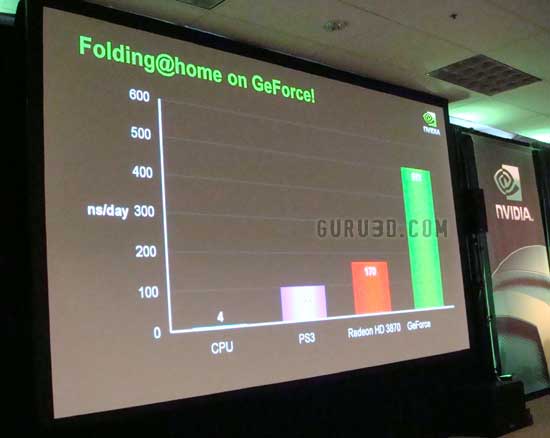For decades, scientists have dreamed of computer chips that manipulate light rather than electricity. Unlike electrons, photons can cross paths without interfering with each other, so optical chips could compute in three dimensions rather than two, crunching data in seconds that now takes weeks to process.
For now, though, optical computing remains a dream. The chips require crystals that channel photons as nimbly as silicon channels electrons -- and though engineers have been able to imagine the ideal photonic crystal, they've been unable to build it.
Enter a beetle known as Lamprocyphus augustus. In a study published this week in Physical Review E, researchers at the University of Utah describe how the inch-long Brazilian beetle's iridescent green scales are composed of chitin arranged by evolution in precisely the molecular configuration that has confounded the would-be fabricators of optical computers.
By using the scales as a semiconductor mold, researchers hope to finally build the perfect photonic crystal.
"We haven't been able to manufacture materials at the nanometer resolution. We knew the ideal structure, but we couldn't make it," said study co-author Michael Bartl, a University of Utah chemist.
Bartl's team stumbled across L. augustus by sheer luck. Study co-author Lauren Richey, now a Brigham Young University undergraduate, studied beetle iridescence for a high school science fair project. She asked BYU biologist John Gardner, also a co-author of the study, to examine L. augustus with his lab's electron microscope.
When the researchers scoped the scales, they noticed something strange: No matter the angle of viewing, the scales always appeared in the same shade of green.
That's unusual for iridescent surfaces, which derive their color from light refracted through semi-transparent layers. Further study revealed that the quality came from the scales' molecular arrangement, which had the same pattern as the atoms of carbon in a diamond.
Diamonds themselves are too dense to serve as photonic crystals, but researchers long ago identified their configuration as perfectly suited for manipulating light in a three-dimensional space.
"You can take the light, criss-cross it and it doesn't interfere. It allows you to build more complex and compact architectures," said Paul Braun, a University of Illinois at Urbana-Champaign photonic crystal specialist. The crystals' transmission purity would also eliminate waste heat generated by traditional electron-based circuits. That heat is a limiting factor on traditional microchip capacities.
Laboratory attempts at mimicking diamonds have been largely unsuccessful. Braun said that researchers at Sandia National Laboratories came close, but each crystal took a painstaking month to build.
"They're almost impossible to fabricate," said Zhong Lin Wang, a Georgia Institute of Technology material scientist. Wang developed photonic crystals based on the scales of butterfly wings, but they didn't possess the elusive diamond form. "If this beetle has an arrangement like diamonds, that's truly unique."
Bartl said that optical computer chips won't actually run on beetle scales. Instead he plans to use the scales as a mold, replacing chitin with semiconductor material.
"This could motivate another round of serious science," said Braun. "If there's an easy way to create the diamond structure, that's going to expedite progress in the field."
"Optical computers could do in a second what now takes days or weeks," said Bartl. "And we're providing the materials."
»
Read full story
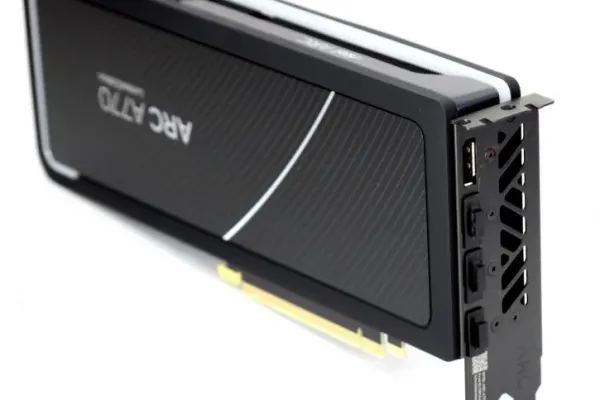








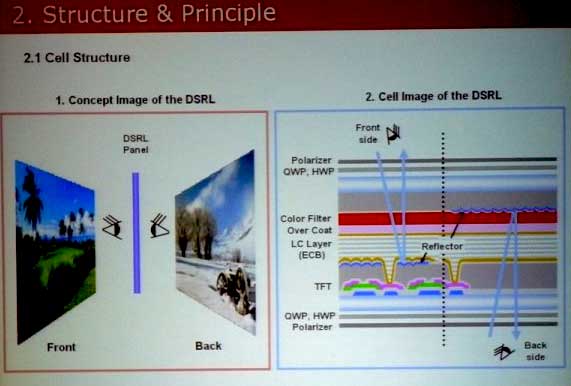
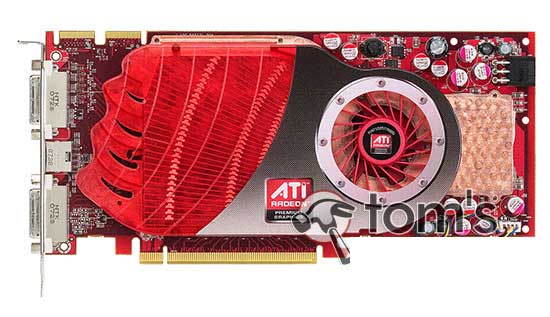
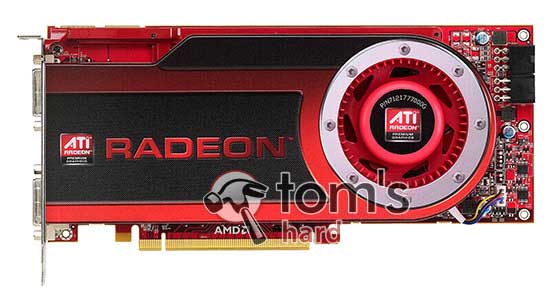
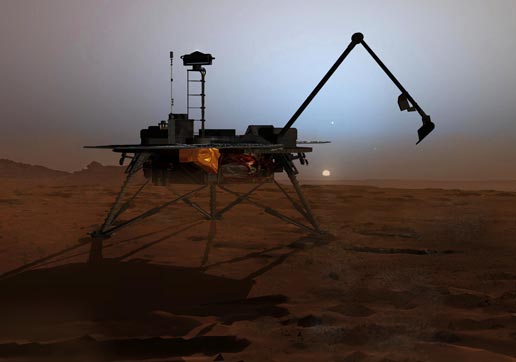
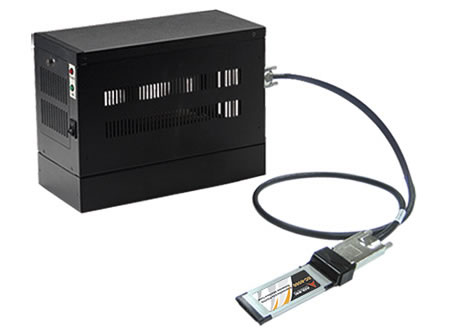
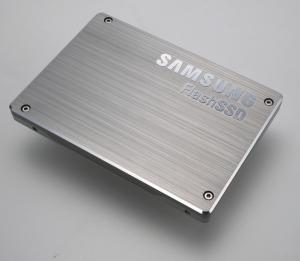 Samsung announced today that it has developed the world
Samsung announced today that it has developed the world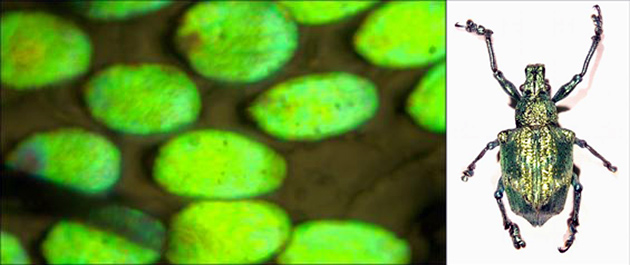
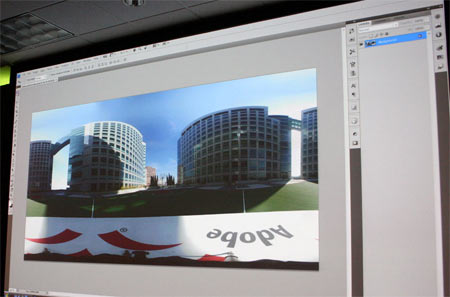 GPU acceleration is one of the most significant trends in today hardware industry, opening the doors to an entirely class of software running desktop. What will be possible is fascinating to see on a monitor, nut it is not tangible, if you just hear about it. It appears that the next Photoshop will be one of the first mainstream applications that will tap into the GPU for a speed up. And, at least from what we have seen during a first demonstration, the progress is simply stunning.
GPU acceleration is one of the most significant trends in today hardware industry, opening the doors to an entirely class of software running desktop. What will be possible is fascinating to see on a monitor, nut it is not tangible, if you just hear about it. It appears that the next Photoshop will be one of the first mainstream applications that will tap into the GPU for a speed up. And, at least from what we have seen during a first demonstration, the progress is simply stunning.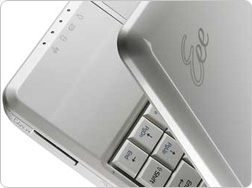 As it seems ASUS may have a tablet version of the Eee PC ready as early as June, says Australia's Current. Regional retail manager Emmanuele Silanesu says that the company is looking into a touchscreen device in a form other than "just a clamshell" and might make its debut at the industry benchmark Computex show, which starts June 3rd. Specifications aren't revealed, though ASUS has made a point of introducing past Eee PCs with low-power CPUs like the Intel Atom, built-in flash storage, and at least the option of Linux as its operating system.
As it seems ASUS may have a tablet version of the Eee PC ready as early as June, says Australia's Current. Regional retail manager Emmanuele Silanesu says that the company is looking into a touchscreen device in a form other than "just a clamshell" and might make its debut at the industry benchmark Computex show, which starts June 3rd. Specifications aren't revealed, though ASUS has made a point of introducing past Eee PCs with low-power CPUs like the Intel Atom, built-in flash storage, and at least the option of Linux as its operating system. 